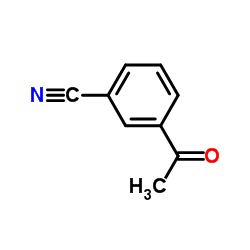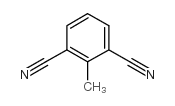| Structure | Name/CAS No. | Articles |
|---|---|---|
 |
3-Acetylbenzonitrile
CAS:6136-68-1 |
|
 |
3-PHTHALODINITRILE
CAS:2317-22-8 |